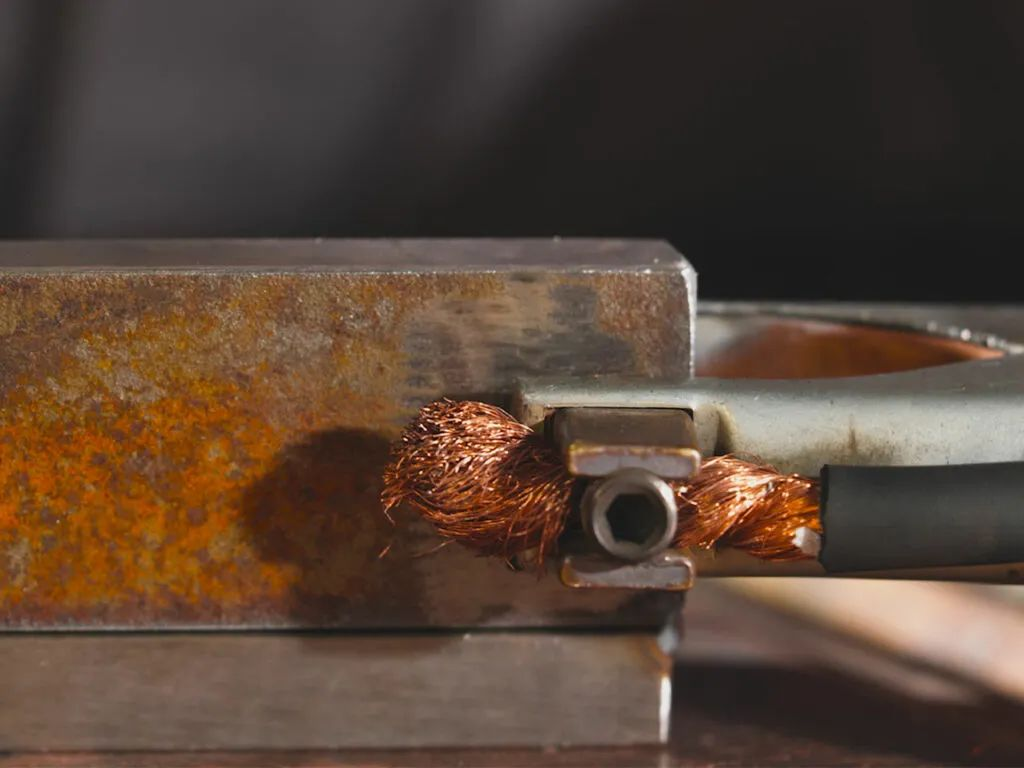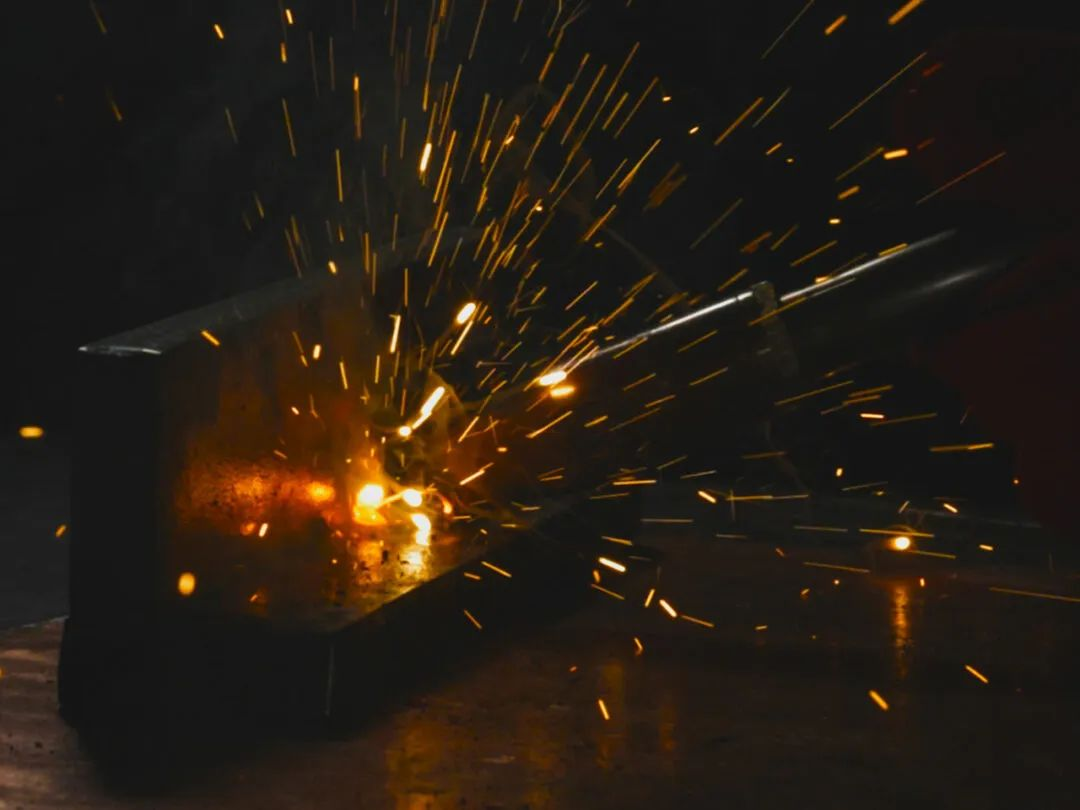
When the flames fly, weld spatter on the workpiece is usually not far behind. Once spatter appears, it must be removed - which costs time and money. Prevention is better than cleanup, and we need to prevent weld spatter as much as possible - or at least reduce it to a minimum. But how? Every welder has the power to help fight spatter, whether it's by using the best welding equipment, preparing materials correctly, handling the welding gun correctly, or making minimal changes to the workplace. With these 8 tips, you too can declare war on weld spatter!
Preventing Weld Spatter
— Why is it so important?
Weld spatter refers to small droplets of metal that are ejected from the welding area by the force of the arc - usually landing on the workpiece, weld seam, or welding gun. In addition to creating time-consuming and costly cleaning, weld spatter can also cause the following problems:
- Reduced weld quality
- Unclean and unsafe workplace
- Production downtime
Therefore, weld spatter needs to be prevented as much as possible. With our quick tips, you'll be prepared. Let's start with the best welding equipment!
1.
Ensure a steady current
Steady current is essential to prevent weld spatter. The welding gun and the return cable must therefore be securely connected to the power source. The same applies to the grounding of the workpiece: the fastening points and the grounding clamp must be bare and highly conductive to allow the current to flow.
2.
Ensure a constant wire feed
To weld with as little spatter as possible, the arc must be stable. To get a stable arc, you need a stable wire feed. To ensure this, three things are important:
- Make sure the welding gun is properly mounted (wire liner (diameter and length), contact tip, etc.).
- Make sure there are as few bends in the trunk as possible.
- Adjust the contact pressure of the wire feed rollers to suit the wire being used.
"Too little pressure will cause the wire to slip through, which can lead to wire feeding problems and quickly develop into spatter problems," explains professional welder Josef Sider.
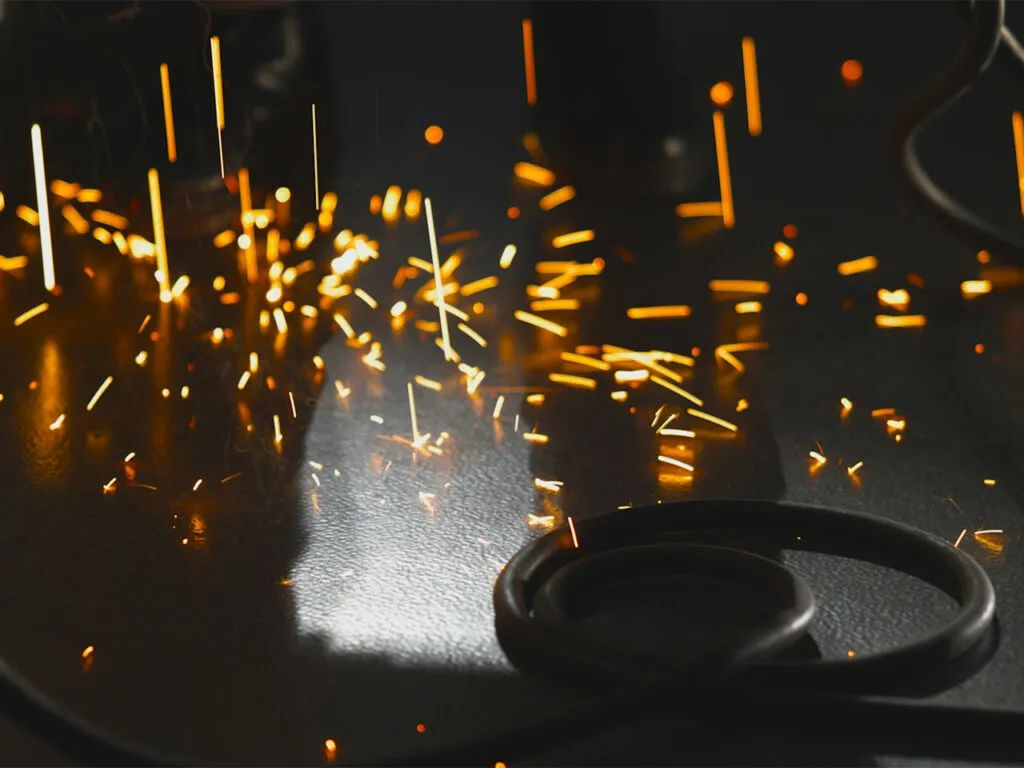
Excessive bending of the trunk line will cause poor wire feeding, resulting in spatter problems
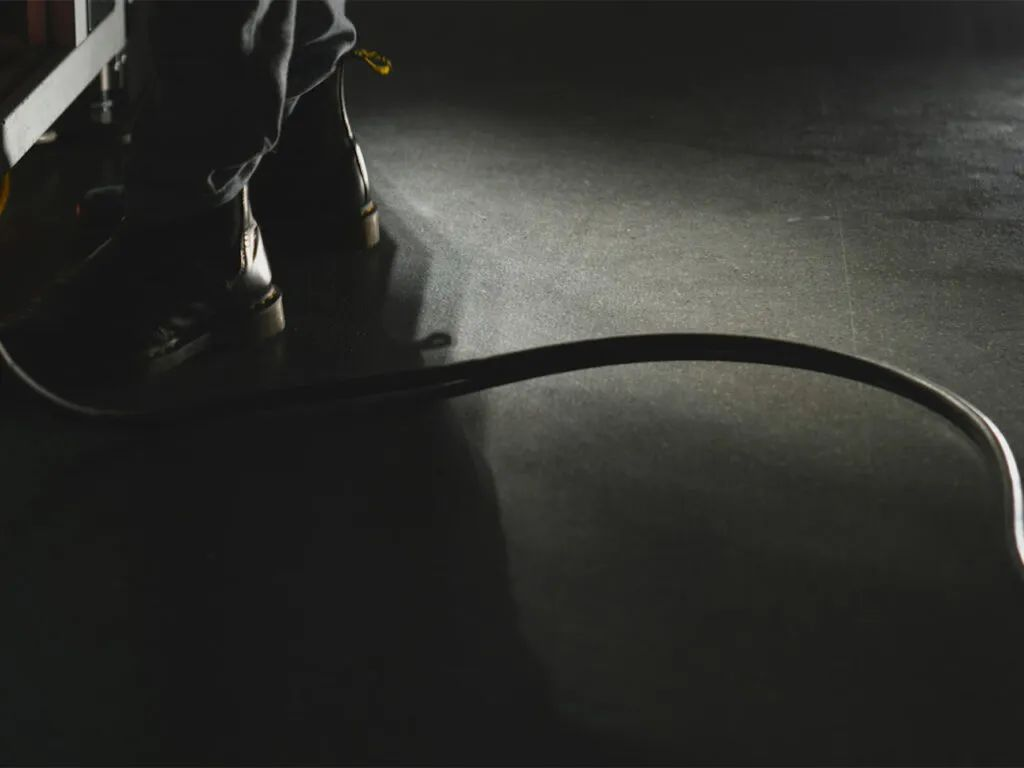
The right thing to do: Minimize bends in the relay line
Xinfa welding equipment has the characteristics of high quality and low price. For details, please visit: Welding & Cutting Manufacturers - China Welding & Cutting Factory & Suppliers (xinfatools.com)
3.
Choose the right shielding gas with the right flow rate
Insufficient shielding gas can lead to arc instability, which in turn leads to weld spatter. There are two key factors here: gas flow rate (rule of thumb: wire diameter x 10 = gas flow rate in l/min) and stickout (the end of the wire sticking out of the contact tip), which needs to be kept short enough to ensure effective gas shielding. Low-spatter welding also relies on choosing the right gas, as welding in normal CO2 gas will produce more spatter in the higher power range. Our advice: use mixed gas instead of 100% CO2 to reduce the chances of weld spatter!
4.
Choose the right consumables
When it comes to consumables and weld spatter, there are several things you need to consider. First, consumables such as wire spools, wire feed tubes or contact tips need to be suitable for the material and diameter of the welding wire. Second, the degree of wear has an impact on the formation of spatter. Heavily worn parts can lead to an unstable welding process, which in turn produces more weld spatter.
5.
Apply the correct welding parameters
Choosing the right welding parameters is crucial to preventing weld spatter as much as possible, especially when setting the power range for the intermediate arc. Depending on the situation at hand, the power should be increased or decreased to transition to the droplet transfer arc or the jet arc.
6.
Clean materials
Thoroughly clean materials are another decisive factor. Before starting welding, all dirt, rust, oil, scale or zinc layers must be removed from the welding position.
7.
Correct welding gun operation
It is also important to pay attention to the correct position and guidance of the welding gun. The welding gun should be kept at an angle of 15° and moved along the weld at a steady speed. "A pronounced 'push' welding technique is absolutely not recommended, as this position leads to a correspondingly large amount of spatter ejection," adds Josef Sider. The distance to the workpiece should also be kept constant. If the distance is too great, both the protection and the penetration of the shielding gas are affected, resulting in more spatter when welding.
8.
Avoiding ambient drafts
A practical tip that is often overlooked is to avoid ambient drafts. "If you weld in a garage with strong airflow, you'll quickly run into issues with shielding gas," explains Sider. And of course, there's weld spatter. When welding outdoors, it's not always possible to shield the welding position, but luckily Sider has a top tip: Increase the shielding gas flow rate by about 2-3 l/min to move the ambient airflow away from the welding position.
Still too much weld spatter?
You can change your welding process
Once you've taken all these tips into account, you'll have an extremely stable arc that can counteract the generation of spatter during welding. However, if you need even more stability and to further reduce the amount of spatter generated, you might consider switching to an innovative welding process. The improved LSC (Low Spatter Control) droplet transfer arc - also known as the "low spatter" welding process, available on the Fronius TPS/i platform - is ideal for such needs, as it offers a particularly high level of arc performance, giving you high-quality welds with minimal weld spatter.
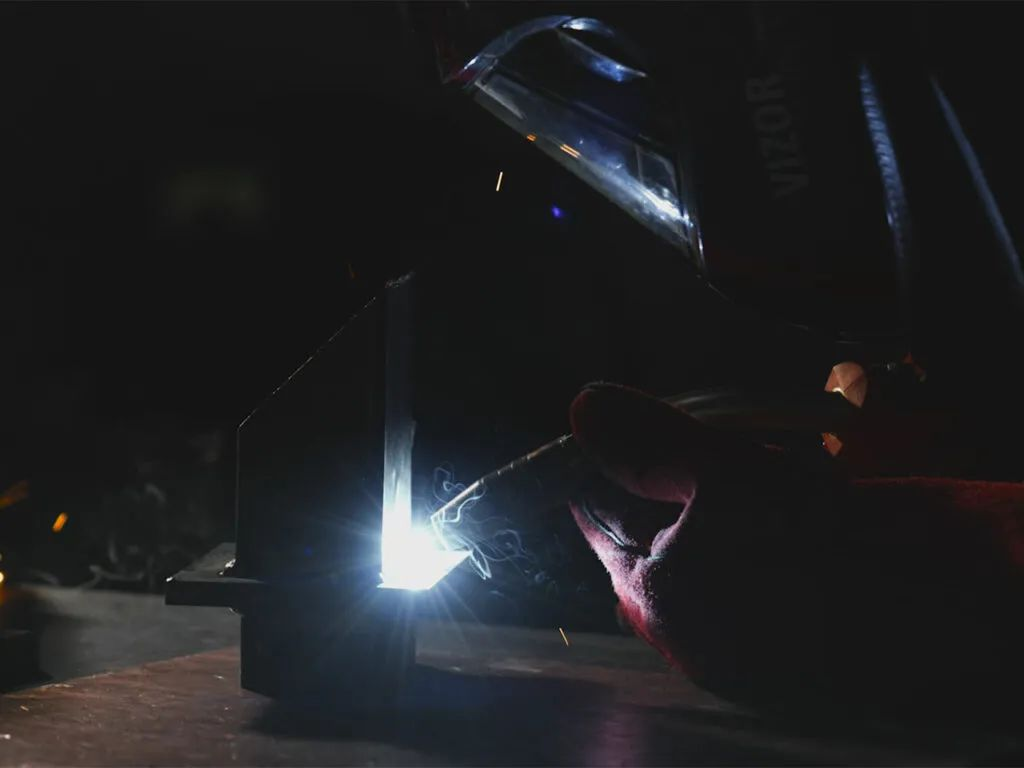
Weld with minimal spatter – using the LSC welding process
There are many things you can do to prevent or at least reduce weld spatter, and you should. After all, low-spatter welding can save you time and money while improving weld quality and ensuring a safe working environment.
Post time: Aug-20-2024

